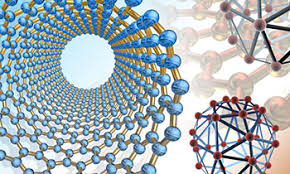Mechanical and Materials Engineering, Department of

Department of Mechanical and Materials Engineering: Faculty Publications
Document Type
Article
Date of this Version
10-2013
Citation
Biophysical Journal 105(8), pp. 1796–1804.
Abstract
Microscopic sessile suspension feeders are a critical component in aquatic ecosystems, acting as an intermediate trophic stage between bacteria and higher eukaryotic taxa. Because they live attached to boundaries, it has long been thought that recirculation of the feeding currents produced by sessile suspension feeders inhibits their ability to access fresh fluid. However, previous models for the feeding flows of these organisms assume that they feed by pushing fluid perpendicular to surfaces they live upon, whereas we observe that sessile suspension feeders often feed at an angle to these boundaries. Using experiments and calculations, we show that living suspension feeders (Vorticella) likely actively regulate the angle that they feed relative to a substratum. We then use theory and simulations to show that angled feeding increases nutrient and particle uptake by reducing the reprocessing of depleted water. This work resolves an open question of how a key class of suspension-feeding organisms escapes physical limitations associated with their sessile lifestyle.
Included in
Mechanics of Materials Commons, Nanoscience and Nanotechnology Commons, Other Engineering Science and Materials Commons, Other Mechanical Engineering Commons


Comments
Copyright 2013 by the Biophysical Society.